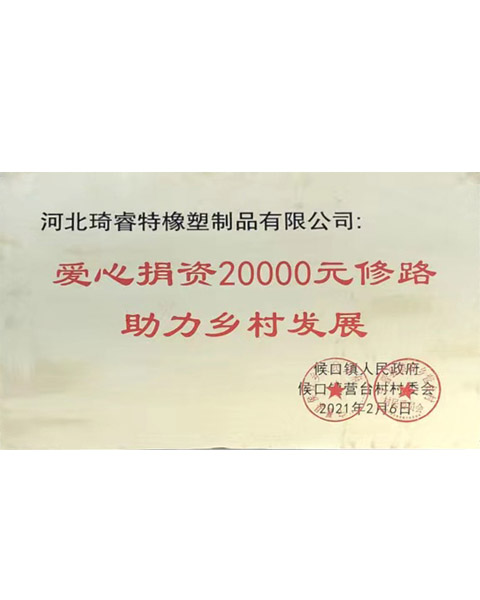Current Pricing Trends for AC Gas Copper Pipes in the Market Today
Understanding AC Gas Copper Pipe Prices Factors and Trends
In recent years, the demand for AC gas copper pipes has surged in various industries, particularly in HVAC (Heating, Ventilation, and Air Conditioning) systems. This uptick in demand has led to varying price trends in the market, influenced by several factors. Understanding these dynamics can help both consumers and businesses make informed decisions when purchasing copper pipes.
The Importance of Copper Pipes in HVAC Systems
Copper pipes are essential components in HVAC systems, used for transporting refrigerants and ensuring efficient heat exchange. Their excellent thermal conductivity, corrosion resistance, and durability make them a preferred choice for contractors and builders. As the HVAC industry expands, particularly in the wake of increasing urbanization and rising temperatures, the demand for copper pipes is expected to remain high.
Factors Influencing Copper Pipe Prices
1. Raw Material Costs The price of copper itself significantly impacts the cost of copper pipes. Fluctuations in the global copper market can arise from various factors, including changes in mining output, geopolitical tensions, and economic conditions in major copper-producing countries. For example, if a major copper-producing country experiences a natural disaster or political instability, it can lead to supply shortages and consequently higher prices.
2. Manufacturing Costs The production process for copper pipes involves several steps, including melting, casting, and extrusion. Each of these processes is subject to operational costs, which may vary based on energy prices, labor rates, and technological advancements. If energy costs rise, manufacturers may pass these additional expenses onto consumers in the form of higher prices.
3. Transportation and Logistics The cost of transporting raw materials and finished products plays a critical role in pricing. Global disruptions, such as trade restrictions, logistic bottlenecks, or increased fuel prices, can lead to higher freight costs. Therefore, any significant change in global logistics can have a ripple effect on the price of copper pipes.
ac gas copper pipe price

4. Demand Fluctuations The demand for copper pipes can vary based on seasonal trends, construction booms, and expansions in the HVAC market. For instance, during peak summer months, there is often an increase in HVAC installations, leading to a spike in the demand for copper pipes. Conversely, in off-peak seasons, prices may stabilize or even decrease.
5. Government Regulations and Trade Policies Tariffs and trade agreements can also influence copper prices. For example, if tariffs are imposed on imported copper or copper goods, domestic prices might rise due to decreased competition. Additionally, environmental regulations affecting copper mining and processing can lead to increased costs for manufacturers, which again can trickle down to consumers.
Current Market Trends
As of late 2023, the AC gas copper pipe market is experiencing a tumultuous period characterized by increasing prices due to the aforementioned factors. Many HVAC contractors are facing challenges in maintaining affordable pricing for their services while dealing with the rising costs of materials. This situation underscores the importance of strategic procurement and planning.
Consumers, on the other hand, are advised to keep an eye on market trends and source materials wisely. Bulk purchasing during times of low demand or exploring alternative materials could provide cost savings. Additionally, staying informed about global economic conditions can help stakeholders anticipate price changes.
Conclusion
The pricing dynamics of AC gas copper pipes are influenced by a complex interplay of factors, including raw material costs, manufacturing and transportation challenges, and fluctuating demand. As the market evolves, stakeholders must remain vigilant to navigate these changes effectively. By understanding the underlying factors affecting prices, businesses and consumers can make informed choices that benefit their operations and budgets.
-
Reliable Brake Line Solutions for Your VehicleNewsJun.05,2025
-
Quick Fix for Leaky Air Conditioning HosesNewsJun.05,2025
-
Powerful Sewer Jetting Solutions for Tough ClogsNewsJun.05,2025
-
Power Steering Hose Problems SolvedNewsJun.05,2025
-
Hose Protectors That Actually WorkNewsJun.05,2025
-
Essential Hose Connectors for Every HomeNewsJun.05,2025

